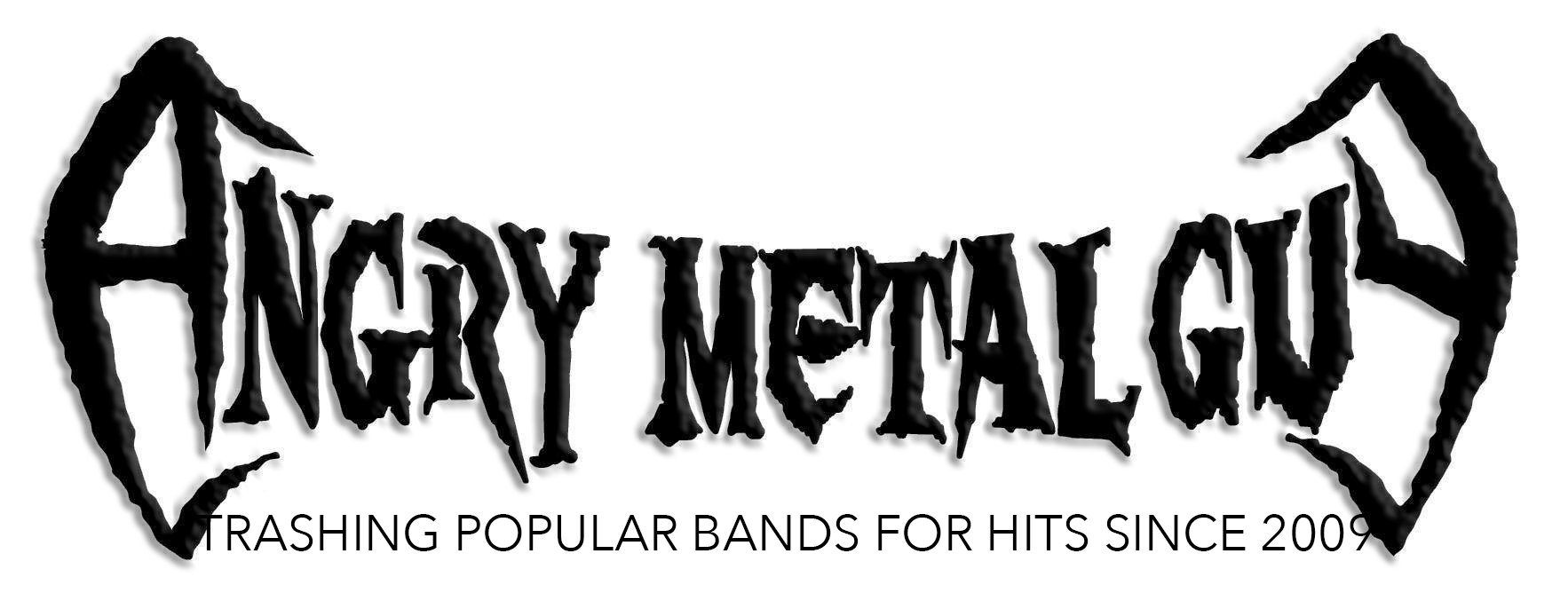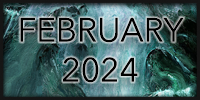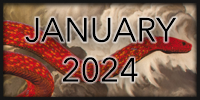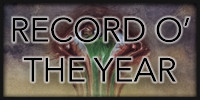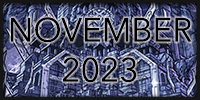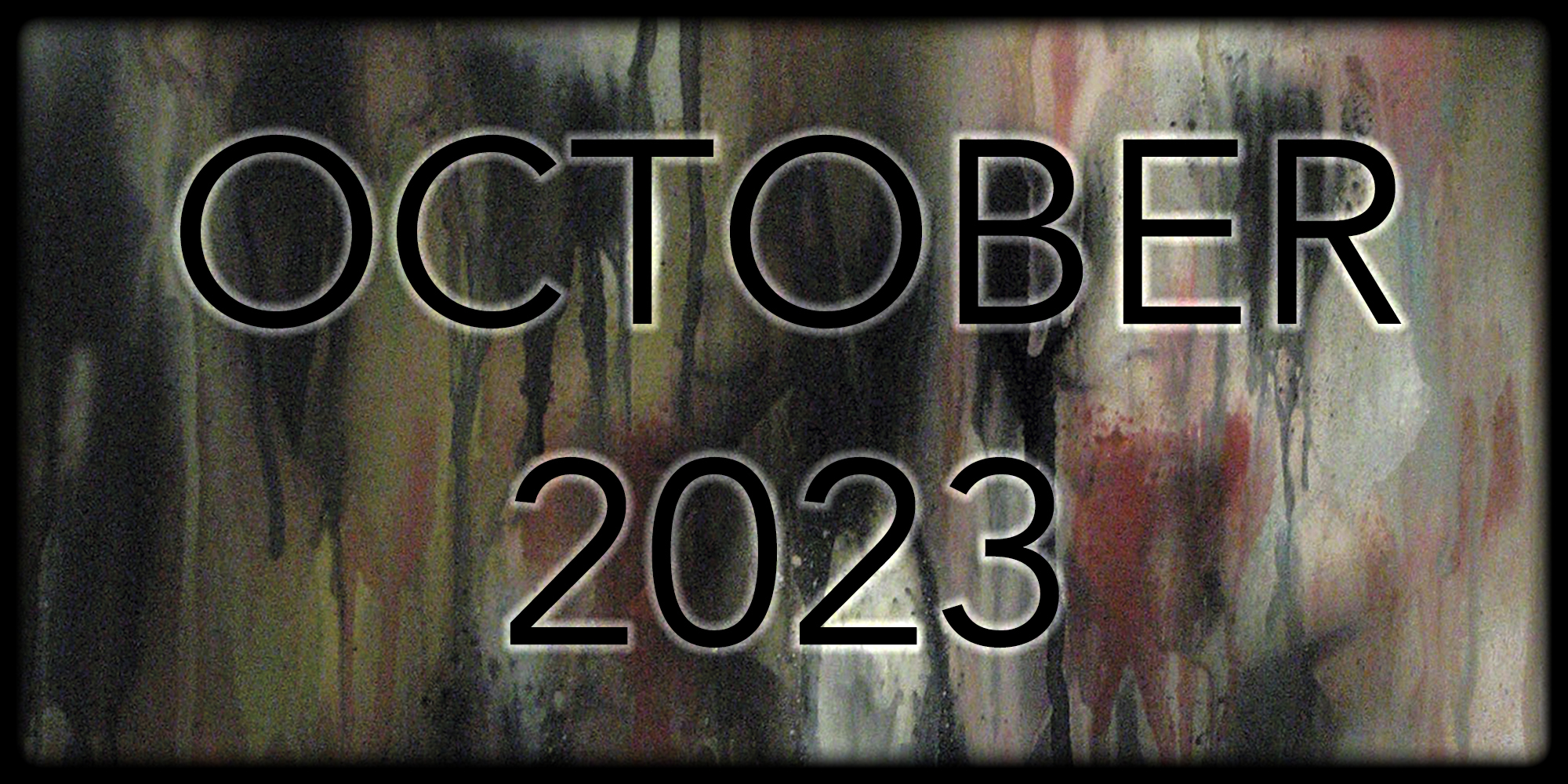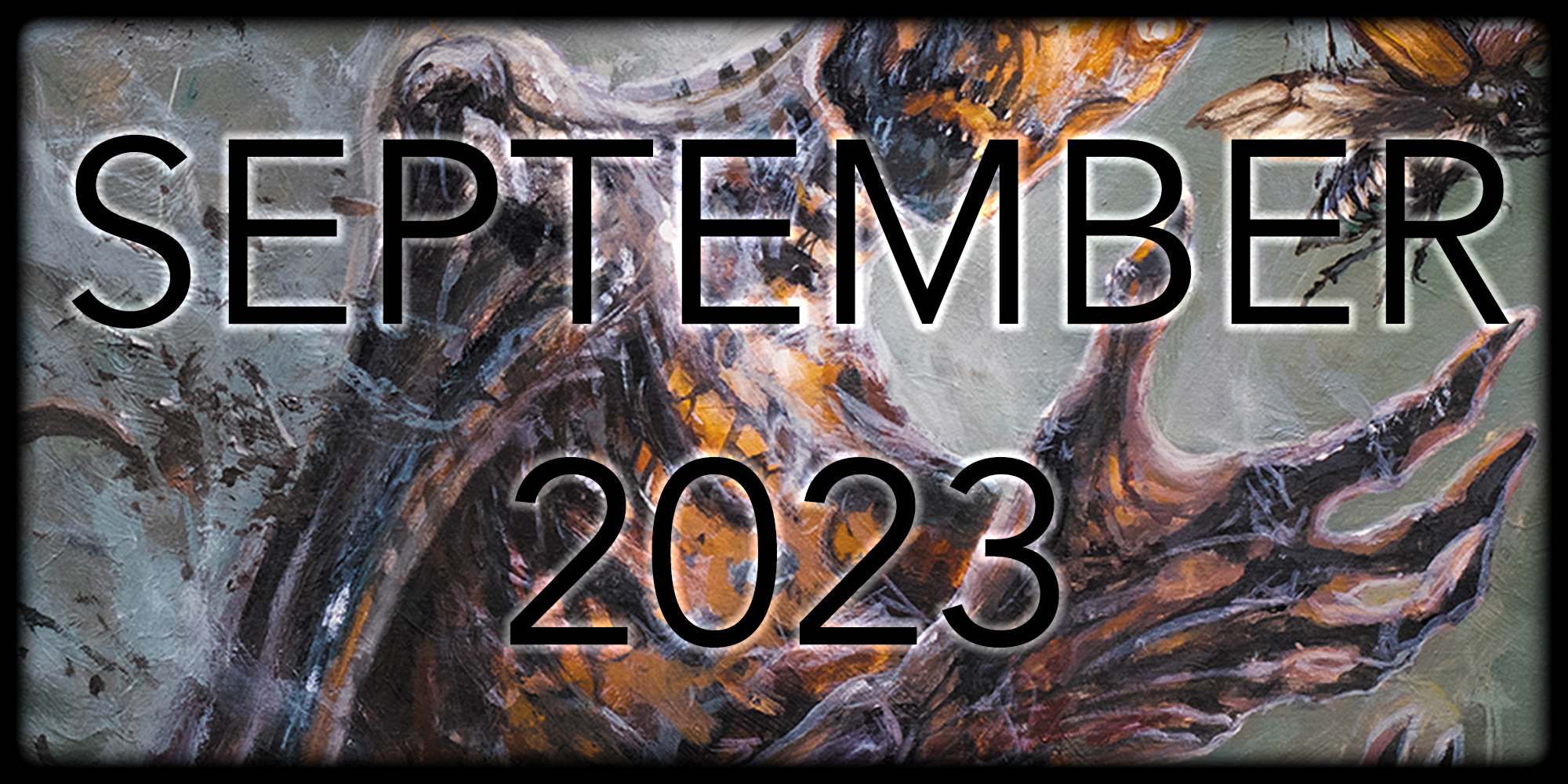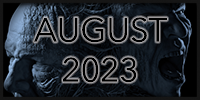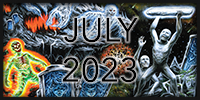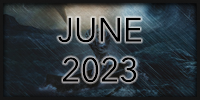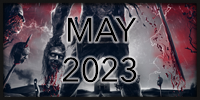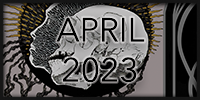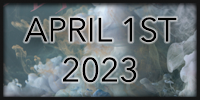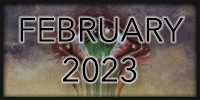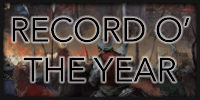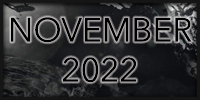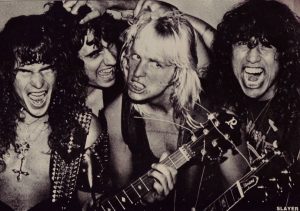 After nearly four decades of aggression, the seminal metal institution known as Slayer is closing their final chapter with a suitably massive tour. Besides attending the tour – which of course I am, twice – what better way to celebrate the thrash titans than going through their entire discography as a fan and trying to order it from Worst to First? Slayer was my true initiation into metal upon hearing them around 2004, and for more than half of my life Slayer has been my favourite band. In a bizarre yet fitting coincidence, the day before AMG Himself asked the staff about this list, a great friend and I spent the night with some Hanneman-inspired Heineken and listened to the entire Slayer studio discography in reverse order, a task that takes roughly seven and a half hours. Since a purely “objective” list would be equal parts impossible and dry, so this list serves more as an exploration of my personal history with Slayer‘s discography and how their records stack up accordingly. I expect disagreement, and am aware that this list is far from unassailable. That said, it’s my sincere hope that you reading find something interesting here and perhaps dust off a copy of a Slayer record you haven’t heard in a while and enjoy it once again. Or, for the uninitiated, start your journey into the oeuvre of the greatest thrash band of all time.
After nearly four decades of aggression, the seminal metal institution known as Slayer is closing their final chapter with a suitably massive tour. Besides attending the tour – which of course I am, twice – what better way to celebrate the thrash titans than going through their entire discography as a fan and trying to order it from Worst to First? Slayer was my true initiation into metal upon hearing them around 2004, and for more than half of my life Slayer has been my favourite band. In a bizarre yet fitting coincidence, the day before AMG Himself asked the staff about this list, a great friend and I spent the night with some Hanneman-inspired Heineken and listened to the entire Slayer studio discography in reverse order, a task that takes roughly seven and a half hours. Since a purely “objective” list would be equal parts impossible and dry, so this list serves more as an exploration of my personal history with Slayer‘s discography and how their records stack up accordingly. I expect disagreement, and am aware that this list is far from unassailable. That said, it’s my sincere hope that you reading find something interesting here and perhaps dust off a copy of a Slayer record you haven’t heard in a while and enjoy it once again. Or, for the uninitiated, start your journey into the oeuvre of the greatest thrash band of all time.
This is it, the final voyage! We’ve seen the worst, the middling and now we arrive at the best of the best of the best. That’s not a typo; these are the best four records of the best thrash band that ever was. Naturally, I’ve excluded some classics from this hallowed point, but what fun is a lack of controversy?
#4. Show No Mercy (1983) – Slayer’s debut was one of their last of their records I got into, largely due to it sounding so different from their other material. Even Haunting the Chapel, which came out a mere year later, is far more aggressive and heavy. To my ears, Show No Mercy is more of an extreme speed metal record with touches of NWOBHM, albeit run through a filter totally unique to Slayer that might have something to do with their punk leanings. It’s also the best Big Four debut, edging out its only real competition in Kill ‘Em All by having more concise and memorable songs. Once Show No Mercy clicks, though, it really clicks; it’s a stone-cold classic.
“Evil Has No Boundaries” opens the record with riffing that blurred the lines between speed and the then-embryonic thrash in a way bands like Morbid Saint blurred the lines between thrash and death metal. Tom Araya lets one of his inimitable classic screams loose, opening the record in a brash, confident, and perfect way. The first couplet brings Venom to mind in the best way – “blasting our way through the boundaries of Hell/No one can stop us tonight” – and this helps understand the influence of the record and Slayer generally. Speed metal had a new height of extremity, just like proto-death did on Hell Awaits and thrash did on Reign in Blood. A heavier new frontier opened up, one that Metallica, Megadeth, and Anthrax never explored in earnest. The beauty of Slayer’s approach was always that the songs were unforgettable, the vocals intelligible, and the solos gloriously chaotic but always tailored expertly to the song. Fast, extreme, and with the provocation of Venom; this was fertile new ground.
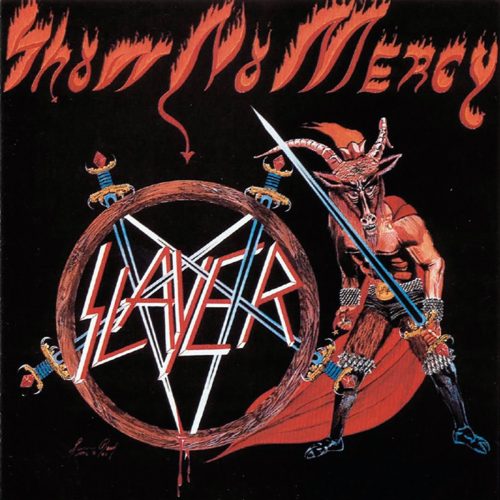
What’s truly remarkable about Show No Mercy is that it hasn’t aged a bit. These songs still have bite, still sound great, and are still impossible to forget thirty-five years onward. “Black Magic,” “The Antichrist,” and “Die by the Sword” remain crucial live anthems, and the lesser-known tracks fare no worse in quality. “Tormentor” brings the NWOBHM in heavier than normal, and has an early Iron Maiden quality to the hooks and the subtly sung chorus. It differs from Maiden greatly in the leads, which are chaotic and not meticulously structured with an ear for big melodies. “The Final Command” makes mincemeat of modern metal that tries to be fast, with a shriek-happy Tom Araya going berserk with his vocals and turning in a standout performance. With a solo section that recalls Judas Priest and speedy riffs that are almost annoyingly catchy, it’s hard to find a better use for two and a half minutes than listening to this classic tune.
Finally, a special mention of the most underrated track here is imperative. “Crionics” is one of the best metal songs ever written, being arguably the pinnacle of merging Iron Maiden, Venom, Angel Witch, and a subtle bit of Deep Purple as well. Every second of this song is classic metal perfection, and it’s the least typical Slayer song on Show No Mercy. The essence of Slayer remains throughout, being a strange case where the first exploration of sonic territory yielded its ultimate result. Lightning in a bottle, and a great penultimate track for a classic record that is perpetually deserving of more attention than it receives.
#3. South of Heaven (1988) – I’ve inherited a lot of great traits from my father, though some aren’t exactly great for my wallet. Both of us have large music collections and great stereos, along with a stack of magazines about music; my mag was Decibel, his Rolling Stone. Thumbing through an old issue of Rolling Stone from 1988, I found a review of South of Heaven. I was shocked to see it awarded a pitiful one-star rating, and to this day this remains the nadir of missing the mark as a critic. I wasn’t alive when Slayer followed up the inimitable Reign in Blood with a slower, more atmospheric, and more obviously melodic record, so I missed any earnest debate between listeners on the matter. South of Heaven has never been anything but a classic record to me, one I grew up listening to with awe and joy in equal measure.
There’s something intangible about South of Heaven that makes it so compelling. Unlike the clear, upfront, and razor-sharp production of Reign in Blood, Slayer went for a more purgatorial feel here. Everything is obscured slightly compared to Reign in Blood, as Slayer employs a thicker and murkier guitar tone, less snappy drums, and, most noticeably, a melodic vocal performance from Tom Araya that’s centered largely around eerie vocal harmonies. Like Reign in Blood, South of Heaven sounds like a chance occurrence, a potent mixture of skill and circumstance. Unlike Reign in Blood, South of Heaven does not seem like the fulfillment of an entire genre. No, South of Heaven seems like a fertile patch of ground ripe for digging, but this ground is located in the highest mountains, where only a select few can even begin to breathe the air which surrounds it and access its treasures. The depth of composition and the overall inimitability make Slayer’s fourth record a treasure, something which may be coveted but never replicated; a lack of any real attempts seems to tacitly confirm this.
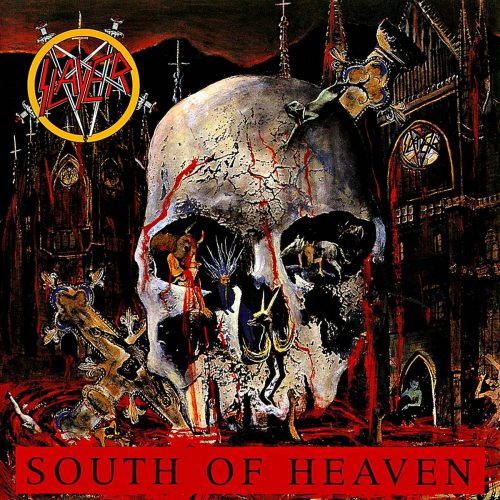
South of Heaven’s A-side has its biggest hits – “South of Heaven,” “Silent Scream,” and “Mandatory Suicide” – but the B-side may be slightly superior. “Ghosts of War” repurposes the outro of “Chemical Warfare” as its intro perfectly, leading into one of Slayer’s best and most underrated war songs. The galloping conclusion remains ridiculously heavy today, even in light of death metal’s myriad advances on that front. “Cleanse the Soul” jam-packs seemingly endless variations of its main riff into a few short minutes, and Araya’s half-sung vocals flow strangely over top, capitalizing on their role in creating sonic evil. Slayer’s ability to own a cover, essentially absent on Undisputed Attitude, is proven via their take on Judas Priest’s “Dissident Aggressor,” which better captures the dark, martial theme of the track than the original. Araya’s vocal limitations help instead of hinder the reinterpretation of Halford’s air-raid siren, and the employment of guitar wails in the chorus – along with a slight change in lyrics – make the song more potent.
South of Heaven lacks a dull moment, a salient flaw, and a proper sonic and thematic successor. Melody and harmony are employed in a way more sinister than just about anything in the genre, and are tied to unforgettable riffs arranged into concise, coherent, and great songs. Its classics face stiff competition from the other tracks, and each song is exactly where it should be in sequence. A near-perfect record which has remained relevant far longer than the magazine that trashed it, South of Heaven sits high in the Slayer rankings and makes a convincing case for their best record but falls just short of the mark due more to outside factors and personal preference than any lack of essential qualities.
#2. Christ Illusion (2006) – Somewhere in Boyne, Michigan is a K-Mart where, in August of 2006, I found my Slayer album. Christ Illusion came out at a time when I’d devoured just about everything Slayer had put out, memorized nearly every riff, solo, and lyric on their classic records, and saw the release of a new Slayer record as a full-fledged event. Christ Illusion floored me from the moment I popped it into my red Discman in the States, and it continues to floor me to this day, nearly twelve years onward. Unfairly maligned as warmed-up leftovers or an abortive attempt to recapture the past, Christ Illusion is nothing but Slayer writing great Slayer songs.
Nonetheless, there is a feeling of a true comeback throughout Christ Illusion, but not in the God Hates Us All sense; the latter aimed at relevance and respect, and Christ Illusion aims at greatness. The Larry Carroll cover art hearkens back to Reign in Blood/South of Heaven/Seasons in the Abyss in a great way, the original lineup is back together on a studio record for the first time since 1990, and there’s not a single low point throughout. “Skeleton Christ” is based around a deep, punishing groove which sees Jeff Hanneman realize the full potential of Diabolus in Musica’s idea as a songwriter. His concluding solo has a demented bluesy feel, making for one of the best leads of his career. “Catatonic” is a sorely underrated deep cut, one of Kerry King’s best slow and heavy Slayer tracks due to its sheer volume of riffs, and sports some ever-so-subtle melody in Araya’s vocals that makes the chorus stand out.
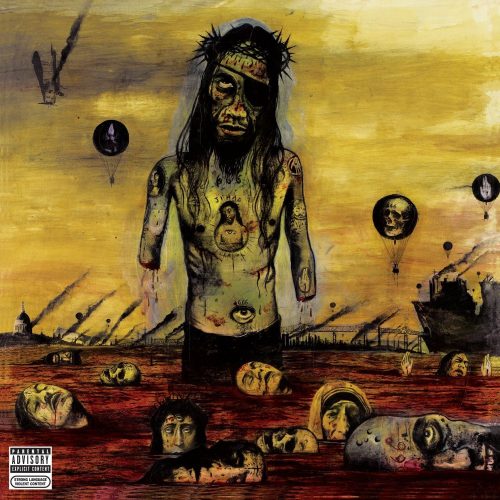
What puts Christ Illusion over the top is its closing one-two punch of “Cult” and “Supremist,” which is easily the best ending salvo Slayer has put to tape since “Postmortem” and “Raining Blood.” I first heard “Cult” on its 06/06/06 release, sitting alone in the living room with a freshly downloaded copy on a 512 megabyte MP3 player with excitement, anticipation, and trepidation. The intro still gives me chills, and the adrenaline rush of the verse riff which follows retains its impact twelve years on. The reprisal of the intro riff before King’s lead in the middle of the song is songwriting perfection, as is the concluding solo by Hanneman which seems intent on jam-packing as much chaos into a few seconds as humanly possible. I can say without exaggeration that I’ve listened to “Cult” hundreds of times, and it’s still just as exciting as when I first heard it. “Supremist” is Christ Illusion’s most intense song, even seeing Dave Lombardo implement some crude blast beats after the first chorus. Despite being a great song overall, it’s the ending, after King’s blistering solo, that makes “Supremist” truly special. Everything suddenly drops out, and Araya is left to scream “must maintain control of the weak” at the top of his lungs. The whole band kicks in immediately thereafter, with Hanneman playing something that’s best described as purely Dionysian; it’s pure passion and force over anything approaching technique, a cluster of dive-bombs and whammy abuse that only Slayer could get away with. This gives way to a sinister melody which is short-lived yet unforgettable, returning to Dionysus again with a sound off-kilter even by Hanneman’s standards. Ending on feedback, Christ Illusion reminds of Reign in Blood’s stormy ending, which forces the listener to sit wide-eyed and mouth agape, in total awe of what they’ve just heard. Here as in 1986, the answer is obvious: pure thrash greatness. A stunning career high point for a band many had written off, Christ Illusion is a masterpiece from a band who found the passion and riffs to be in their prime once again.
#1. Reign in Blood (1986) – Reign in Blood isn’t just a twenty-nine minute album. It’s the apotheosis of an entire genre, the greatest music that metal has produced in its nearly fifty year history, and the best entry in Slayer’s catalog. Thrash will never die, because there will always be the Sisyphean task of dethroning Reign in Blood. Like Camus, we must imagine the modern-day Sisyphus army of thrash bands happy, as plenty of worthwhile stuff is being put out in the genre, but Reign in Blood remains its beating heart, its raison d’etre, the perpetually reigning king which gives the genre purpose by existing as its competitive locus.
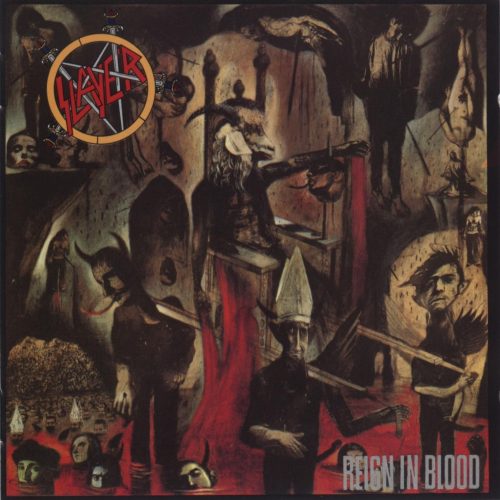
Interestingly, there isn’t a defining performance or song on Reign in Blood. The record is a ruthless carpet-bombing of extraordinary riffs from start to finish, but the dual guitar prowess of Kerry King and Jeff Hanneman is bolstered immeasurably by a sharp, precise, and downright vicious performance from Dave Lombardo. The drums propel Reign in Blood, and Lombardo seems to intrinsically recognize this, punctuating the merciless thrash onslaught with unbelievably quick fills at the end of measures. Tom Araya’s bass is heavily distorted and burbles underneath, providing a bit of low-end heft to the proceedings and accentuating the slower and heavier riffs on the record. Araya’s vocals are well-enunciated, clear, subtly varied, and use his iconic high-pitched scream to unforgettable effect, most notably in the immortal “Angel of Death” intro. Slayer’s now-standard chaotic cat-strangler leads are put to brilliant effect here, eschewing harmony or NWOBHM heroics entirely for a nearly uniform atmospheric approach. The entire record is perpetually on a Dionysian brink of pure passion and chaos, contained ably by the Apollonian restraints of coherent structure and meter. The leads are where Apollo loosens his grip and allows Slayer’s Dionysian tendencies total control in one aspect, reaching its epitome at the end of “Raining Blood” which ends the record on a stratospheric high note.
Reign in Blood is the highest manifestation of the merger of extremity and songwriting genius of both thrash and metal generally. One’s first listen is marked by shock and awe, accentuated by the thunderclap and rain at the end. Small pieces of brilliance reveal themselves upon each subsequent listen. Pay attention to the midsection of “Epidemic” around 1:30. A slight return to Show No Mercy serves as a bridge, and it disappears in about twenty seconds, where Slayer collapses it under its own weight and plays it an octave lower underneath a quintessential Kerry King lead, transitioning to this under the cover of a well-placed Araya wail. Little details like this pervade every song, with each individual songwriting choice being the right one: the double-time reprisal of the first stanza of “Criminally Insane” at its conclusion, Lombardo’s perfect fill at 2:26 in “Postmortem,” and the sudden brief chug at the end of “Necrophobic” after a breathless lyrical run ending in a classic scream from Araya are all small details that stun both in immediacy and upon close observation. And yet, each song sounds unleashed instead of composed, showing a prodigious grasp of songwriting.
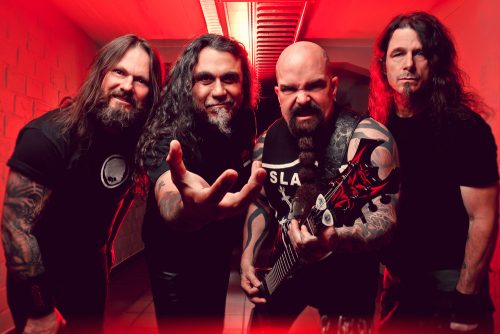
Reign in Blood has myriad superior qualities that cannot be adequately explained or understood by mere theory or attempts at reverse engineering, akin to an early Stradivarius violin. No amount of musical training or emulation can make the aural magic of Reign in Blood happen again, nor can any rigorous study of sheet music make sense of the brilliance unleashed by Slayer in 1986. No, Reign in Blood elevates itself beyond a record of flawless compositions by capturing a feeling: the actualization of the full potency of thrash. This defies conventional argument and explanation, and Reign in Blood’s merits are only understood by a focused and high-volume listen by a set of ears acclimatized to metal’s ways. The adrenaline rush never fades, the hooks never detach, and no matter what developments happen in metal on a genre-wide basis, the extremity and force is never dampened or superseded. Reign in Blood is what makes lifelong fanatics out of dabblers, the curious into the captivated, and Slayer into “SLAAAAAAAAAAYEEEEEEER!” The crown jewel not just of Slayer but of metal overall, Reign in Blood is vital, necessary, exhilarating, and truly incredible listening.
